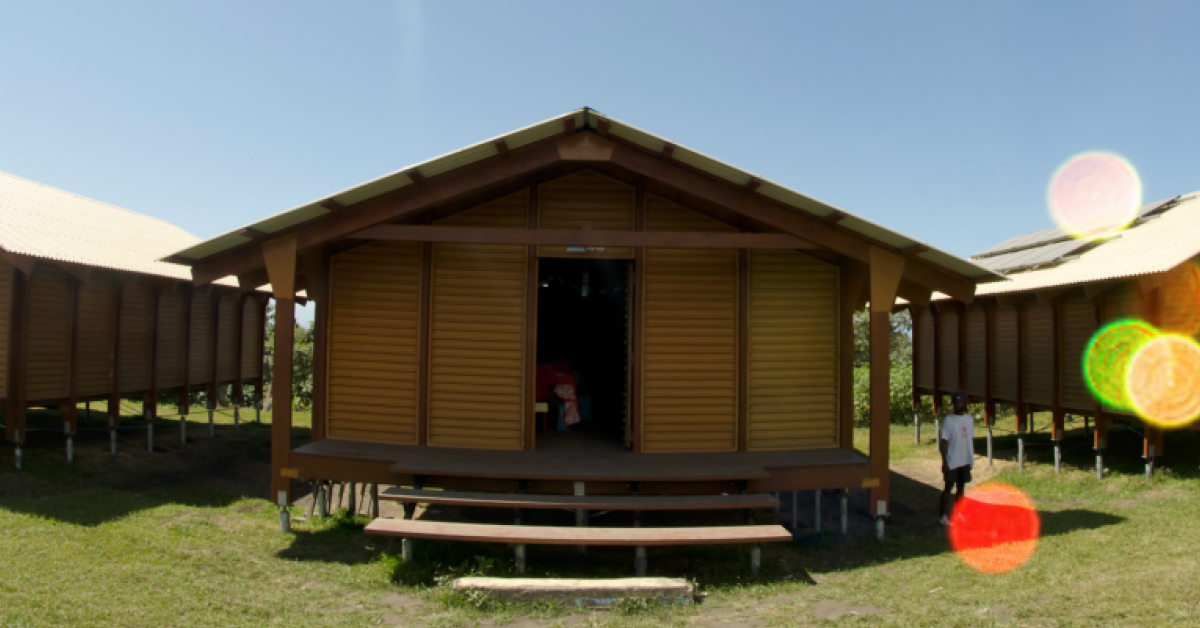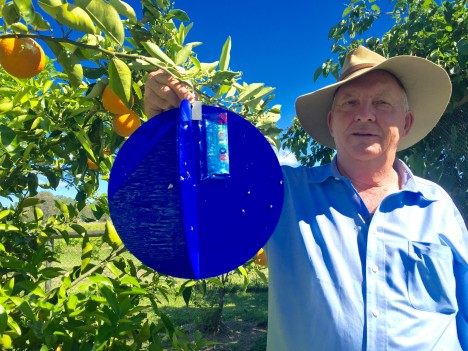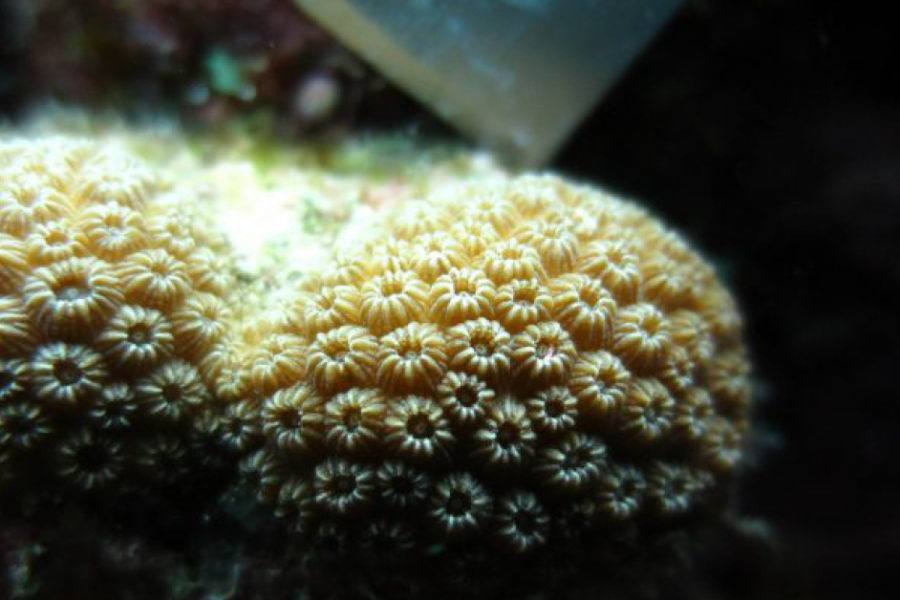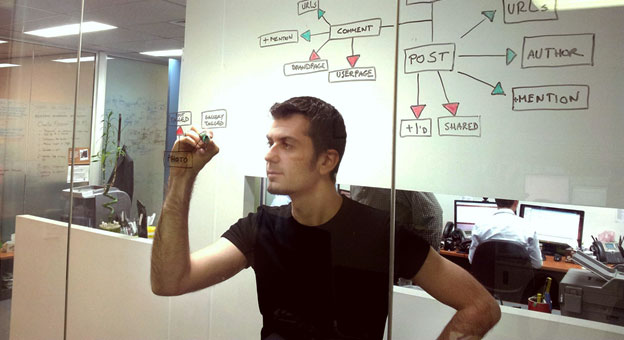Griffith University engineering students have been helping rebuild a cyclone-devastated area of Vanuatu as part of a program designed to embed in them in real world construction.
Griffith’s fourth-year civil engineering students completing their final year industry affiliates program (IAP) recently travelled to an area devastated by Cyclone Pam in 2015.
It is part of Griffith’s Climate Change Response Program, which is contributing to the Tafea Provincial Government of Vanuatu’s revitalisation plan – a Pacific Island project to rebuild Tanna Island.

The government’s aim is to rebuild Tanna’s communities in ways that help them be resilient in the face of ongoing and future extreme weather events.
The Enkatalie area of Tanna was one of the hardest hit when the cyclone struck, destroying homes, community buildings, businesses, infrastructure and vegetation, along with a tragic loss of life.
The project involves construction of community buildings in 15 villages, with each building designed to withstand Category 5 cyclones and equipped with a solar energy Mini Power System.
Queensland companies are major partners in the project; with the buildings designed and constructed by Brisbane-based Nev House and the Mini Power System invented by Gold Coast firm Green NRG Co, a subsidiary of another Queensland company, LEDTek Global.
The project is funded by an anonymous charitable trust. Griffith University has been given a 3-year research contract to undertake independent monitoring and evaluation of the buildings and minipower systems.
 Fourth-year engineering student Christopher Elton evaluated the smart off-grid renewable energy with storage power solution developed by Green NRG Co while Kris Harm looked at the Nev House cyclone-proof housing solution with guidance from Tim Peters from EDGE Consulting Engineers.
Fourth-year engineering student Christopher Elton evaluated the smart off-grid renewable energy with storage power solution developed by Green NRG Co while Kris Harm looked at the Nev House cyclone-proof housing solution with guidance from Tim Peters from EDGE Consulting Engineers.
“It was an unforgettable adventure and experience where we escaped the ordinary and proved that not all classrooms have four walls,” said Kris.
“Being immersed into these remote villages while completing our hands-on engineering tasks was rewarding as a student.”
IAP project supervisor Professor Rodney Stewart said not only did the students get amazing industry experience working with professional engineers, they were also exposed to local indigenous cultures, languages and ways of life and focussed on Griffith’s commitment to social justice and sustainability.
“Griffith’s engineering degree provides students with challenging hands-on training that takes them out of the classroom to solve real world problems,” he said.

“Helping vulnerable Pacific Island communities while providing that real training to engineering students is rewarding for everyone involved.”
Director of the Griffith Climate Change Response Program, Professor Brendan Mackey, said it is envisaged the community buildings can act as safe houses during cyclones, while at other times serving as health clinics, classrooms and fulfilling other community purposes.
“The Griffith team in providing independent monitoring and evaluation of the project over the next three years, will have a particular focus on how the energy is being used and the social impacts of these new facilities,” he said.







Is there work still on Tanna island? If so, is there any chance to be involved even though I am studying BA course.? Cheers
Hi Josh,
I’m not sure if there are still opportunities on Tanna Island but there are always new projects coming up. Check with our Industry Affiliates Program – https://www.griffith.edu.au/industry-affiliates-program and I’m sure they can talk to you about options. Good luck and thanks for your support.